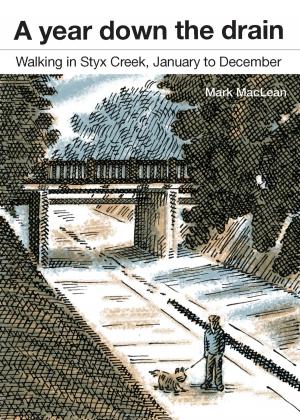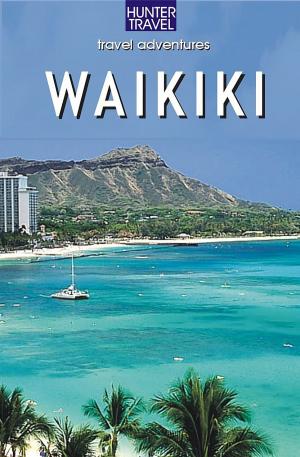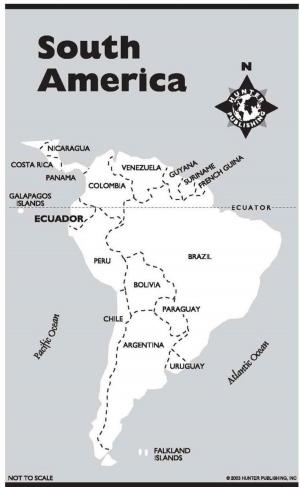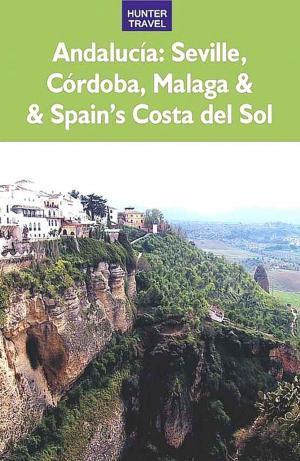| Author: | Kimberly Rinker | ISBN: | 9780935161991 |
| Publisher: | Hunter | Publication: | May 31, 2012 |
| Imprint: | Hunter | Language: | English |
| Author: | Kimberly Rinker |
| ISBN: | 9780935161991 |
| Publisher: | Hunter |
| Publication: | May 31, 2012 |
| Imprint: | Hunter |
| Language: | English |
Graubünden is the largest canton in Switzerland, the wildest, the most mountainous and the least populated. Covering 2,744 square miles, Graubünden has 178,891 residents, who reside in 212 towns and villages in this rural area. It is this land that inspired the book Heidi and is home to the Swiss Grand Canyon, as well as to such outstanding winter resorts as St. Moritz, Davos and Arosa. Graubünden is home to the Swiss National Park, which can be found in the region known as the Lower Engadine. This canton is a hiker's paradise with over 6,500 miles of walking paths quiet, unspoiled and beautiful epitomizing Alpine splendor at its finest. The wanderwegs" are simple footpaths, while the bergwegs" are mountain paths. Wanderwegs can be attempted by anyone of any age, while the bergwegs are for intermediate to experienced hikers who use proper gear and appropriate hiking shoes. Mountain huts abound throughout this area and provide a unique overnight stay. Graubünden has over 615 lakes and rivers including the Inn and the Rhine and water sports such as sailing and windsurfing are quite popular, although no motorboats are allowed. In addition, 930 miles of downhill ski slopes and 539 miles of cross-country ski paths criss-cross the 937 peaks and 150 valleys. Piz Buin at 10,867 feet is the tallest peak in the northern region, while Piz Bernina, at 13,307 feet is the highest mountain in the entire canton. There are 38 camping grounds in Graubünden. This is truly Switzerland's great outdoors," and is the starting point for many train trips, including the Bernina Express, the Heidi Express and the Palm Express. There are over 14 mountain passes in Graubünden, including the Julier Pass, which has been used by the general public as an open pass since the 15th century. Prior to that it had been used by the ancient Romans and others. Chur is the capital of Graubünden and home to 32,000 citizens. The highlight of the town is the 12th-century Cathedral in the Altstadt (Old Town) district, believed to be Switzerland's oldest recorded settlement at 5,000 years old. Chur is also well known for its spas and health centers, with 26 in or around the city. You'll also find Roman ruins, lots of cobblestone streets and narrow buildings, and a few good museums. And then there is Davos, St. Moritz, Arosa, Klosters, Flims, Pontresina and much more. In each case, the author, a long-time Swiss resident, provides all the details on what to see and do, where to stay, the best restaurants, how to get around. Color photos throughout.
Graubünden is the largest canton in Switzerland, the wildest, the most mountainous and the least populated. Covering 2,744 square miles, Graubünden has 178,891 residents, who reside in 212 towns and villages in this rural area. It is this land that inspired the book Heidi and is home to the Swiss Grand Canyon, as well as to such outstanding winter resorts as St. Moritz, Davos and Arosa. Graubünden is home to the Swiss National Park, which can be found in the region known as the Lower Engadine. This canton is a hiker's paradise with over 6,500 miles of walking paths quiet, unspoiled and beautiful epitomizing Alpine splendor at its finest. The wanderwegs" are simple footpaths, while the bergwegs" are mountain paths. Wanderwegs can be attempted by anyone of any age, while the bergwegs are for intermediate to experienced hikers who use proper gear and appropriate hiking shoes. Mountain huts abound throughout this area and provide a unique overnight stay. Graubünden has over 615 lakes and rivers including the Inn and the Rhine and water sports such as sailing and windsurfing are quite popular, although no motorboats are allowed. In addition, 930 miles of downhill ski slopes and 539 miles of cross-country ski paths criss-cross the 937 peaks and 150 valleys. Piz Buin at 10,867 feet is the tallest peak in the northern region, while Piz Bernina, at 13,307 feet is the highest mountain in the entire canton. There are 38 camping grounds in Graubünden. This is truly Switzerland's great outdoors," and is the starting point for many train trips, including the Bernina Express, the Heidi Express and the Palm Express. There are over 14 mountain passes in Graubünden, including the Julier Pass, which has been used by the general public as an open pass since the 15th century. Prior to that it had been used by the ancient Romans and others. Chur is the capital of Graubünden and home to 32,000 citizens. The highlight of the town is the 12th-century Cathedral in the Altstadt (Old Town) district, believed to be Switzerland's oldest recorded settlement at 5,000 years old. Chur is also well known for its spas and health centers, with 26 in or around the city. You'll also find Roman ruins, lots of cobblestone streets and narrow buildings, and a few good museums. And then there is Davos, St. Moritz, Arosa, Klosters, Flims, Pontresina and much more. In each case, the author, a long-time Swiss resident, provides all the details on what to see and do, where to stay, the best restaurants, how to get around. Color photos throughout.















